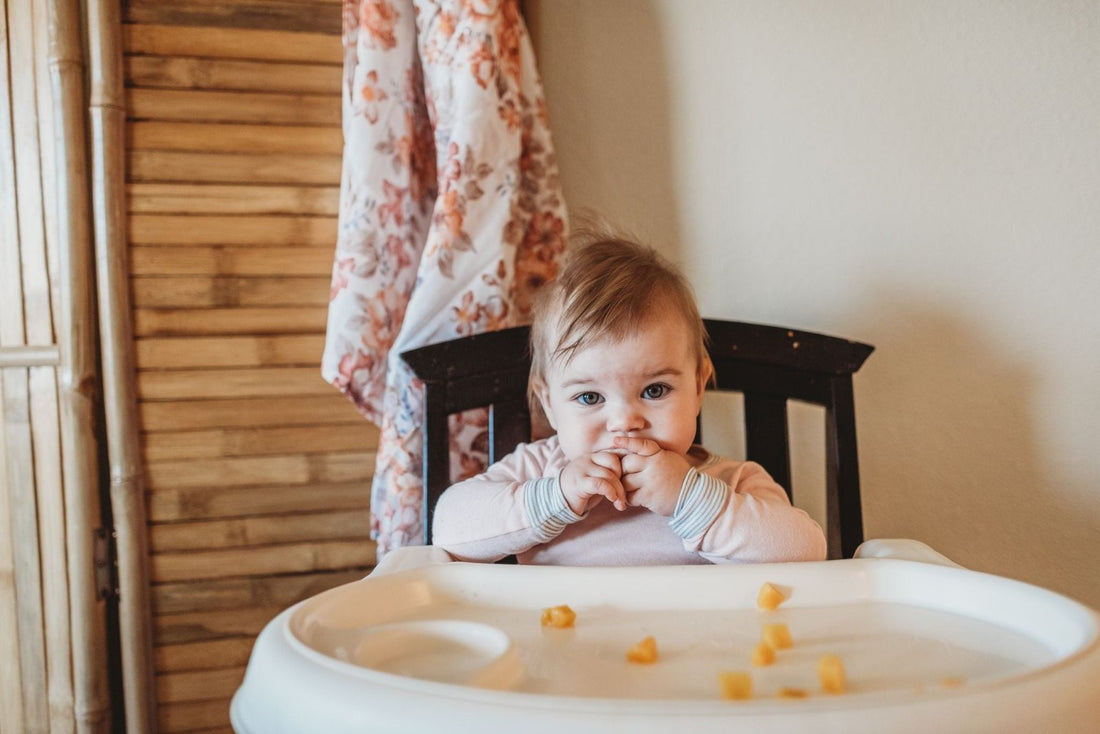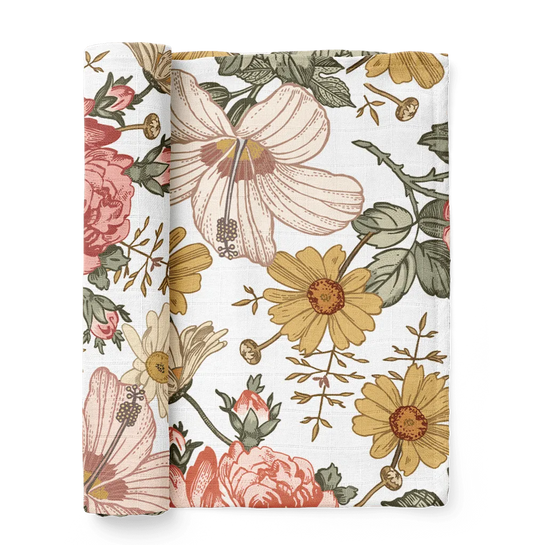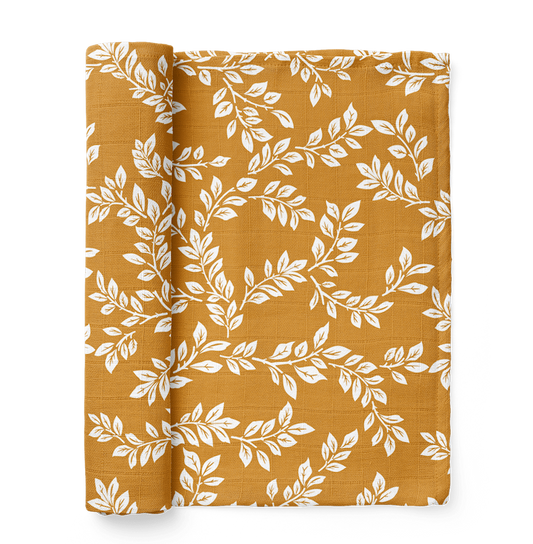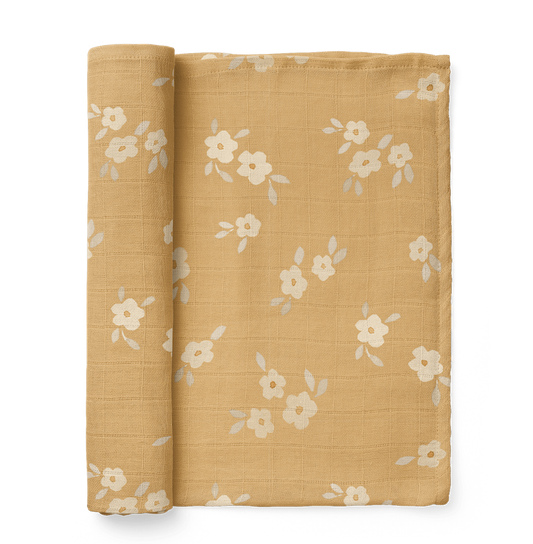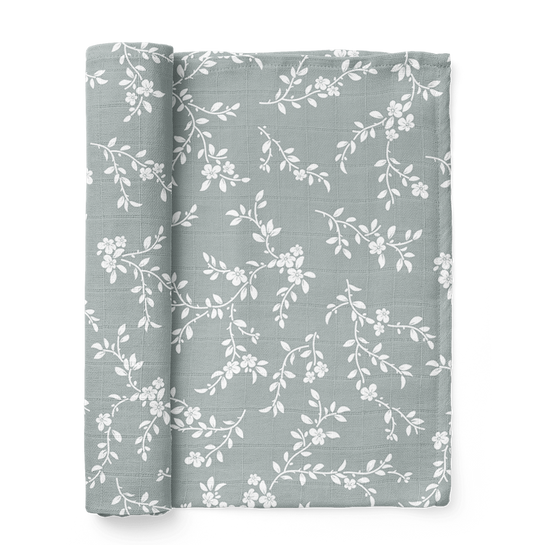Introduction
Introducing solid foods to babies is an important milestone in their development, and parents often wonder which approach is best. One option that has gained popularity in recent years is baby-led weaning, an approach that encourages babies to self-feed and explore different foods at their own pace. In this article, we will explore what baby-led weaning is, its benefits and potential risks, and provide practical tips for parents who are considering this approach.
What is baby-led weaning?
Baby-led weaning is an approach to introducing solid foods to babies that allows them to explore and self-feed from a variety of healthy foods, rather than being spoon-fed purees or other prepared foods. Babies who practice baby-led weaning are encouraged to take control of their own eating habits, and to learn how to chew and swallow solid foods without being forced to do so.
Instead of purees and other soft foods, parents are encouraged to offer small pieces of soft foods that the baby can easily grasp and chew. These foods may include soft fruits and vegetables, pasta, bread, and other finger foods. The idea behind baby-led weaning is to allow babies to explore new tastes and textures at their own pace, which may help to reduce picky eating later on.
Benefits of baby-led weaning
One of the most significant benefits of baby-led weaning is the development of fine motor skills. By allowing babies to self-feed, they are able to develop their hand-eye coordination and fine motor skills in a way that traditional spoon-feeding may not. Additionally, baby-led weaning can expose babies to a wider variety of tastes and textures than they might experience with purees or other prepared foods, which may help to reduce picky eating later on.
Another benefit of baby-led weaning is that it can encourage healthy eating habits from an early age. When babies are allowed to explore different foods on their own, they are more likely to develop an interest in healthy foods and to learn how to self-regulate their food intake. This may help to prevent childhood obesity and other health problems later in life.
Safety concerns associated with baby-led weaning
Choking vs gagging when a baby eats
Although baby-led weaning is generally safe, there are some risks that parents should be aware of. The most significant risk is the potential for choking. For first-time moms, baby-led weaning can be a daunting experience, especially when it comes to understanding the difference between gagging and choking. In fact, many new moms tend to mistake gagging as choking, which can cause unnecessary stress and panic. It's important for moms to know that gagging is a natural part of the self-feeding process and is actually a protective reflex that helps babies prevent choking. However, choking is a serious matter that requires quick and appropriate action.
When babies are first introduced to solid foods, it's common for them to experience gagging as they learn how to chew and swallow properly. Gagging may sound alarming, but it's actually a normal response that helps babies clear their airway and prevent choking. As babies continue to develop their self-feeding skills, gagging episodes may become less frequent.
On the other hand, choking is a life-threatening emergency that requires immediate intervention. Parents should be prepared to respond to choking incidents by learning how to perform infant CPR and by having emergency contact information readily available.
In summary, while it can be difficult to distinguish between gagging and choking for first-time moms practicing baby-led weaning, understanding the difference is crucial for ensuring their baby's safety and success with self-feeding. By knowing how to recognize and respond appropriately to both situations, moms can help their babies develop healthy eating habits and gain confidence in their self-feeding abilities.
Taking steps to avoid choking during baby led weaning
To minimize this risk, parents should avoid offering foods that are small and hard, such as nuts, popcorn, hard candies, or whole grapes, and always supervise their baby while they are eating. Experts advise choosing finger foods and purees when getting started. It can get a little messy especially for beginners but mess can be minimized with the use of practical feeding essentials.
Finally, it's a good idea for parents to invest in further education and resources to prepare themselves for potential choking incidents. Taking a class on infant CPR and choking response can provide parents with the knowledge and skills necessary to respond confidently and effectively in an emergency situation. Additionally, investing in a choking device, such as a baby choke tube, can help parents practice and prepare for choking incidents at home.
By taking proactive steps to prepare for potential choking incidents, parents can feel more confident and prepared to handle any emergency situation that may arise during the baby-led weaning process. Ultimately, the goal of baby-led weaning is to encourage healthy self-feeding habits and promote a positive relationship with food, and investing in safety measures can help parents achieve this goal with peace of mind.
Choke tube: https://www.noodlesoup.com/product/choke-tubes/
Food to avoid when starting solids
When starting solids, babies are typically around 4-6 months old and their digestive systems are not yet fully developed. It's important to introduce new foods slowly and carefully to avoid any potential allergic reactions or digestive problems. Here are some foods that should be avoided during this time:
- Honey: Honey can contain spores of bacteria that can cause infant botulism, a rare but serious illness.
- Cow's milk and dairy products: Cow's milk should not be given to babies under one year old because it can be difficult for them to digest and can cause allergic reactions.
- Nuts and nut butters: Whole nuts and nut butters can be a choking hazard for babies. Additionally, some babies may be allergic to nuts, so it's best to wait until they are a bit older to introduce these foods.
- Fish and shellfish: These can be allergenic and should be avoided until the baby is a bit older.
- Egg whites: Egg whites can be allergenic and should be avoided until the baby is a bit older.
- Salt and sugar: Foods that are high in salt or sugar should be avoided as they can put strain on a baby's developing kidneys and lead to a preference for unhealthy foods later in life.
It's important to introduce new foods one at a time, waiting a few days before introducing a new food. This will help you identify any potential allergies or digestive problems early on. It's also a good idea to consult with a pediatrician before introducing solids to your baby.
Research and evidence supporting baby-led weaning
There have been several studies on baby-led weaning and its benefits. Research has shown that baby-led weaning can be a safe and effective way to introduce solid foods to babies. Studies have found that babies who practice baby-led weaning are more likely to enjoy a wider variety of healthy foods than those who are spoon-fed. Additionally, baby-led weaning may help to reduce the risk of picky eating later in life.
Here are some links to research and studies that show that baby-led weaning can make babies enjoy their meals more and be more interested in food:
- Brown, A., & Lee, M. (2011). An exploration of experiences of mothers following a baby-led weaning style: developmental readiness for solids. Maternal & child nutrition, 7(3), 329-344.
This study found that babies who were introduced to solid foods through baby-led weaning showed a greater interest in food and were more likely to enjoy their meals than babies who were fed pureed foods.
- Townsend, E., Pitchford, N. J., & Pinkney, R. (2012). The development of food liking during weaning: a retrospective analysis. Developmental psychology, 48(6), 1702-1713.
This study found that babies who were introduced to a variety of foods during weaning through baby-led weaning were more likely to develop a liking for a wider range of foods than babies who were fed pureed foods.
- Wright, C. M., Cameron, K., Tsiaka, M.å, Parkinson, K. N., & Drewett, R. F. (2011). Is baby-led weaning feasible? When do babies first reach out for and eat finger foods?. Maternal & child nutrition, 7(1), 27-33.
This study found that babies who were introduced to solid foods through baby-led weaning were more likely to reach out for and eat finger foods at an earlier age than babies who were fed pureed foods.
These studies provide evidence that baby-led weaning can help babies develop a positive relationship with food and enjoy their meals more.
Real-life experiences of parents who tried baby-led weaning
Many parents who have tried baby-led weaning have found it to be a positive experience for both themselves and their babies. Some parents report that their baby is more interested in food and enjoys mealtimes more when they are allowed to self-feed. Others report that their baby has developed a wider palate and enjoys a wider variety of healthy foods.
Some parents choose to combine baby-led weaning with traditional spoon-feeding to ensure their baby is getting enough nutrients. This can be an effective approach for parents who are worried about their baby's nutritional intake or who want to introduce more complex foods that may be difficult for their baby to self-feed.
Getting Ready to start baby led weaning
Preparing for baby-led weaning can be exciting, but it can also be overwhelming if you're not sure what products and items you'll need. Here's a comprehensive list of the essential items to make your baby-led weaning journey smoother:
High chair: A sturdy and safe high chair is a must-have for baby-led weaning. Choose a chair that is easy to clean and has a footrest for your baby's comfort.
Silicone bibs: Bibs made of silicone are durable, easy to clean, and can be reused multiple times.
Catch bibs: Catch bibs or "bib with a pocket" are a great addition to the list. They have a built-in pocket at the bottom to catch food and spills, which can save a lot of mess and cleanup time.
Silicone plates and bowls: Silicone plates and bowls are great for serving food to your baby because they are unbreakable, non-toxic, and easy to clean.
Sippy cups: Sippy cups with handles are ideal for babies who are transitioning from breast or bottle feeding to using a cup.
Utensils: Soft-tipped spoons and forks designed for babies are essential for baby-led weaning.
Food processor: Baby food processor or blender is useful for on-the-go moms or any parent who prefers to still incorporate homemade sauces like low sodium veggie pasta sauce for your baby used as a dip or to enjoy with noodles.
Mess mats: A mess mat or splat mat can be placed under the high chair to catch spills and crumbs.
Wet wipes: Wet wipes are handy for quick clean-ups during and after meals.
Patience: Baby-led weaning can be a messy and slow process, so it's important to have patience and enjoy the journey with your little one.
When shopping for these items, look for those that are BPA-free, phthalate-free, and made of non-toxic materials. It's also a good idea to read product reviews and recommendations from other parents to help you make the best purchasing decisions.
Do you need every single item on this list? Probably not. You can start baby led weaning by holding your baby on your lap and giving them a slice of banana. On the other hand, having a high chair and some baby friendly cutlery will encourage independence. By having these essential items on hand, you can make baby-led weaning a more enjoyable and successful experience for you and your baby.
Great beginner foods for baby-led weaning
There are many different foods that parents can offer their baby when practicing baby-led weaning. Some easy-to-prep, no-mess options include:
- Banana slices
- Avocado chunks
- Cooked sweet potato or carrot sticks
- Soft fruits, such as mango or peach
- Soft cooked pasta
For parents who have a little more time to spend on meal prep, they may want to try offering foods that require a bit more preparation, such as:
- Roasted sweet potato or squash cubes
- Small pieces of meat or fish
- Homemade vegetable and meat nuggets
- Oatmeal banana pancakes
Parents should be aware of the nutritional adequacy of the foods they offer and ensure that their baby is getting enough nutrients, especially iron and protein, which are important for growth and development. In the beginning of your journey, your baby's main meal will be milk, so don’t stress too much about the extra nutrients at first. When you get the hang of one or two solid food snacks a day, you can start trying to implement a well rounded diet that includes carbs, fats and proteins.
Conclusion
Baby-led weaning is a safe and effective way to introduce solid foods to babies. By allowing babies to self-feed and explore different foods at their own pace, parents can help their babies develop healthy eating habits and fine motor skills. While there are some risks associated with baby-led weaning, these can be minimized by taking appropriate precautions and supervising your baby while they eat. With patience, practice, and a willingness to embrace the mess, parents can successfully introduce their baby to the joys of self-feeding and healthy eating.
Frequently Asked Questions
When can I start baby-led weaning?
- Most babies can start baby-led weaning at around 6 months of age, when they are able to sit up unsupported and have good head and neck control.
What are the benefits of baby-led weaning?
- Baby-led weaning can help babies develop healthy eating habits, fine motor skills, and a wider palate. It can also be a positive and enjoyable experience for both baby and parent.
What foods can I offer my baby when practicing baby-led weaning?
- Parents can offer a wide variety of soft, healthy finger foods such as fruits, vegetables, pasta, and meats.
Is baby-led weaning safe?
- Baby-led weaning can be safe as long as appropriate precautions are taken, such as supervising the baby while they eat, ensuring foods are cut into appropriate sizes, and avoiding foods that are choking hazards.
Should I still offer breastmilk or formula when practicing baby-led weaning?
- Yes, breastmilk or formula should still be the primary source of nutrition for babies until they are at least one year old.
How can I minimize the mess when practicing baby-led weaning?
- To minimize the mess, parents can use bibs, high chairs with trays, and offer easily cleanable surfaces to eat on.
What do I do if my baby starts choking while practicing baby-led weaning?
- If your baby starts choking while practicing baby-led weaning, it is important to stay calm and act quickly. First, assess the severity of the choking. If your baby can cough or make noise, encourage them to cough and try to remove the food from their mouth with your fingers. If your baby is unable to breathe, call emergency services immediately and start performing infant CPR. It is important to always closely supervise your baby during mealtimes and to only offer age-appropriate foods to reduce the risk of choking. Moreover, parents should take a baby CPR course and learn how to perform the Heimlich maneuver.
How do I know if my baby is getting enough nutrients when practicing baby-led weaning?
- It's important to continue offering breastmilk or formula, as well as offering a variety of nutrient dense foods first instead of processed pre-packaged foods.. Talk to your pediatrician if you have concerns about your baby's nutrient intake.
Can I combine baby-led weaning with traditional spoon-feeding?
- Yes, some parents choose to offer a combination of self-feeding and spoon-feeding to ensure their baby is getting enough nutrients and to introduce more complex foods.
How can I transition my baby to table foods when they are ready?
- Gradually introduce more table foods as your baby becomes more comfortable with self-feeding. Cut foods into appropriate sizes and offer a variety of textures and flavors to encourage healthy eating habits.

